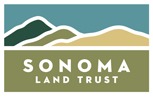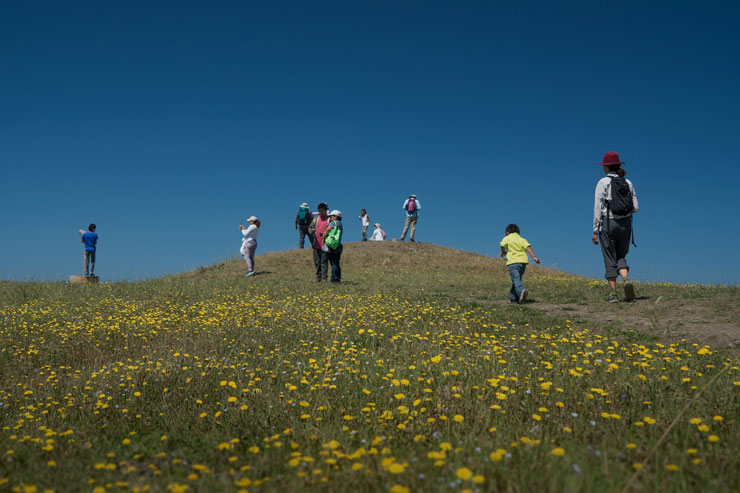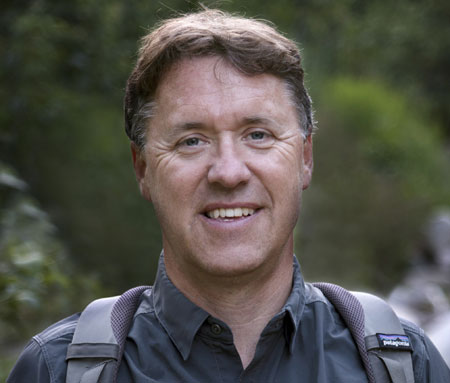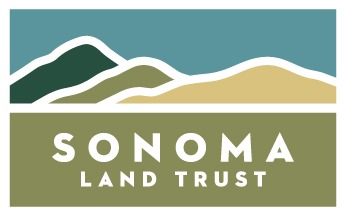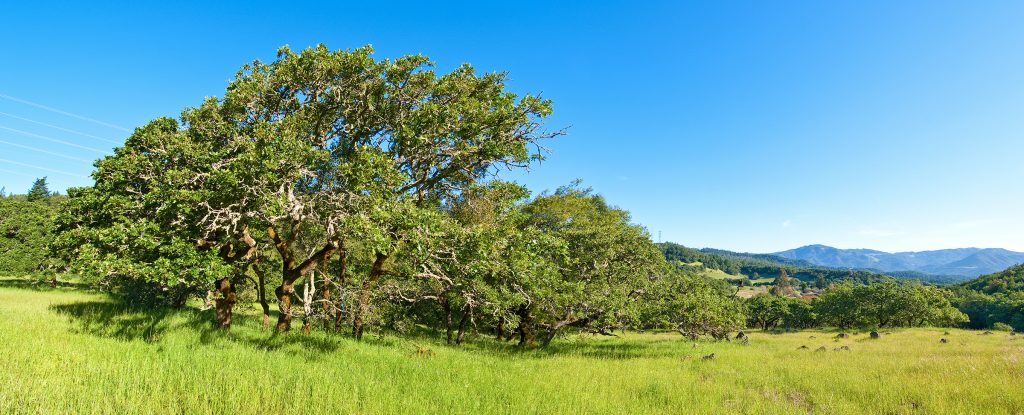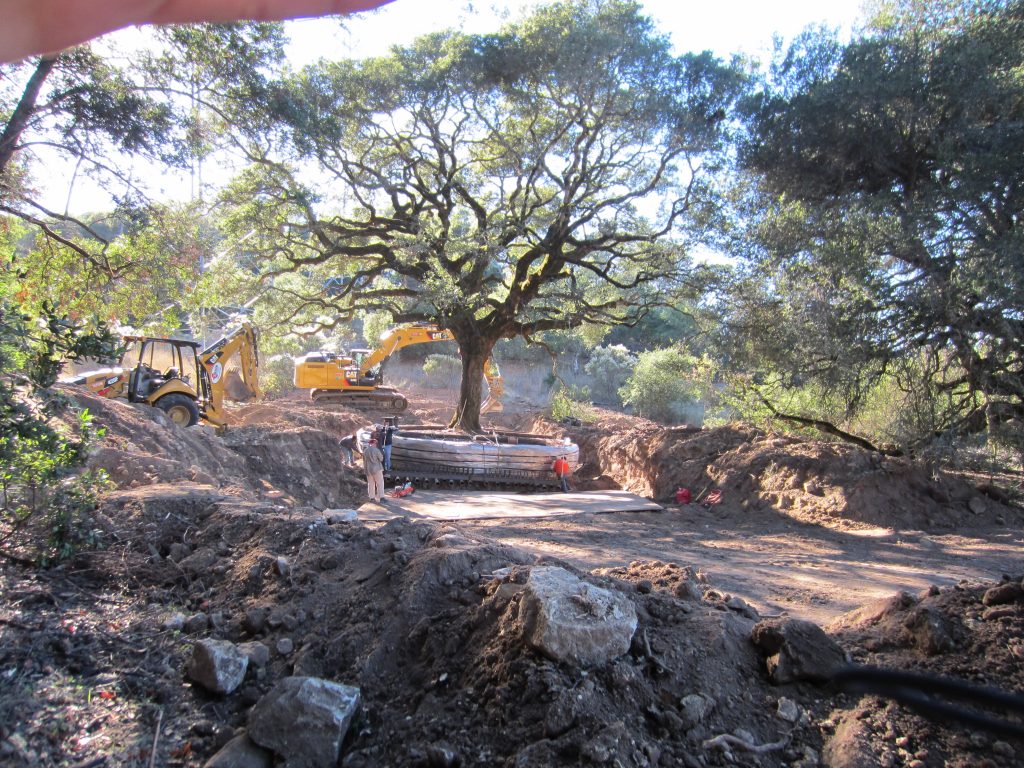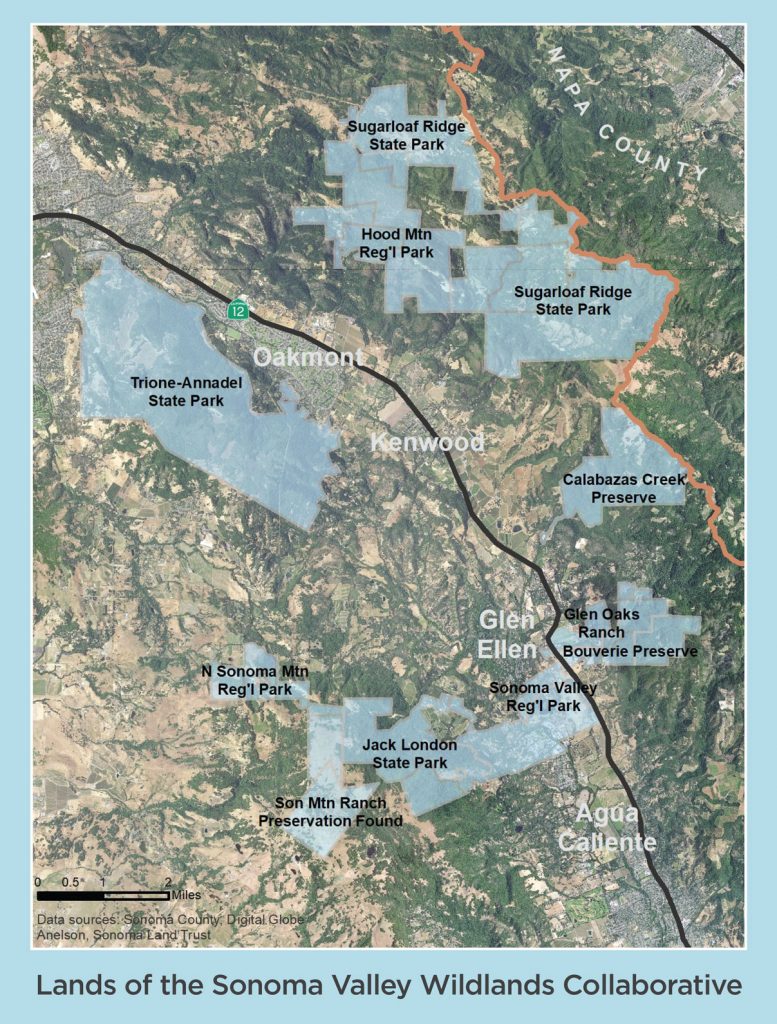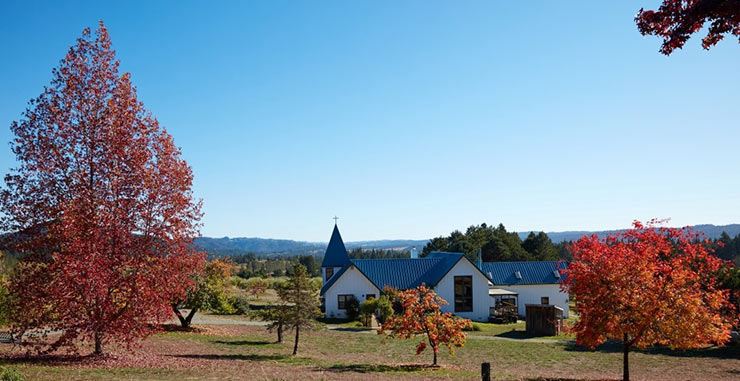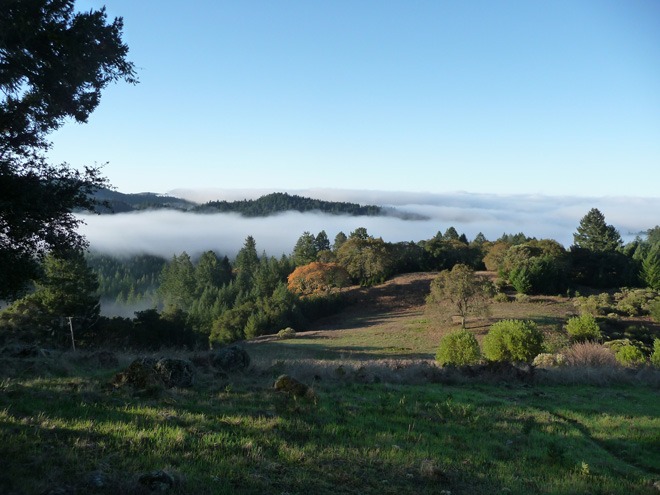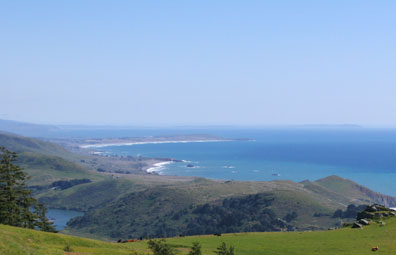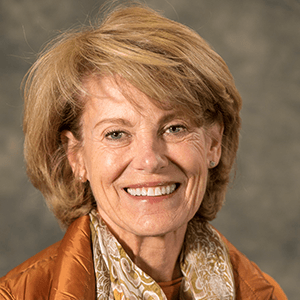Sonoma Land Trust delivers on its promise to “protect the land of Sonoma County forever”
SANTA ROSA, CALIF. — On April 16, Superior Court Judge Patrick Broderick entered a judgment that forcefully upholds the Sonoma Land Trust’s authority to protect natural resources through conservation easements, and enforces a key law used by land trusts to permanently protect land from development.
In the case of Sonoma Land Trust v Thompson, Case No. SCV-258010, Judge Broderick upheld the Land Trust’s actions and claims to restore an environmentally sensitive parcel in an area of Sonoma County known as Bennett Valley, outside of Glen Ellen. The court found that the owners’ unlawful actions killed heritage oak trees and destroyed a portion of the ecosystem on the protected land. The judge ordered payment of $586,289 into an escrow account to fund restoration of the damaged ecosystem. Sonoma Land Trust, which holds the conservation easement, will restore the property.
“Sonoma Land Trust made a promise to the donor and a commitment to the community to protect the integrity of properties covered by conservation easements,” stated Dave Koehler, executive director of Sonoma Land Trust. “Our citizens believe strongly in protecting our natural resources and have demonstrated this belief by providing tax breaks to landowners whose properties include conservation easements. It is essential that both landowners of protected properties and taxpayers can trust Sonoma Land Trust to do our part in ensuring that these conservation easements are honored and the lands are protected forever.”
The land in question was voluntarily placed under a conservation easement in 2009 by the previous owners, Katherine and Peter Drake. In donating the easement to Sonoma Land Trust, the Drakes intended to protect this land in its natural state in perpetuity. “When we purchased this lovely 34-acre parcel, it appeared to have been untouched for many decades. The easement was intended to protect this special land forever, regardless of who owned the property,” said Katherine Drake.
Conservation easements are voluntary, permanent agreements that private landowners place over their lands to protect important natural resources forever. They are developed in partnership with land trusts, like Sonoma Land Trust, which agree to protect the conservation values and uphold the terms of the conservation easement in perpetuity. The land stays in private ownership and the conservation easement becomes part of the permanent title record. Future landowners are required to follow all the terms of the conservation easement.
Toni and Peter Thompson purchased the Drake property in 2013 with full knowledge of the easement. The court found that they committed numerous violations of the easement while building a compound on their adjoining vineyard. “While we’re disappointed that litigation was required to enforce the easement,” said Drake, “we’re grateful to Sonoma Land Trust for taking the necessary action to protect and restore the land we placed in its care.”
The easement permanently protects the ecological and scenic values of the property, which includes an exceptionally intact ecosystem dominated by undisturbed native vegetation rarely seen in Sonoma County today. It prohibits or significantly restricts most activities on the protected property, including building roads, cutting trees, grading soils, dumping waste, altering drainage and planting new vegetation.
The Thompsons’ illegal actions included hiring contractors with heavy equipment to excavate three heritage oak trees located on the protected property (one very large tree was estimated to have been 180 years old) and then dragging the trees through shallow and sensitive soils to the adjoining Henstooth Ranch, where the trees were to enhance the landscape of a new home and accessory buildings. Additional harm resulted from bulldozing a 1/3-mile road cut to haul the trees, killing and removing 12 more trees in the process, and dumping pond sediment laden with invasive weeds onto the protected property.
The court found that the Thompsons systematically concealed these actions and related damage from Sonoma Land Trust. The Thompsons repeatedly resisted efforts by Sonoma Land Trust to evaluate the extent of the destruction and develop a realistic restoration plan. The court also concluded that, without the Land Trust’s knowledge or permission, the Thompsons regraded the property and planted non-native grass in an attempt to cover up their violations. According to the court, these cosmetic measures, which also violated the easement, failed to restore the ecology of the property and instead caused further damage. Left with no other choice to protect and restore the property, Sonoma Land Trust took legal action to enforce the terms of the easement through the courts.
“The significance of the outcome in this case cannot be overstated,” added Sarah Sigman, attorney with Shute, Mihaly & Weinberger LLP, the law firm that represented Sonoma Land Trust in the case. “Conservation easements are legally binding and people who purchase land under easement must understand that protecting these properties is not optional.”
Today’s decision by the court affirms the validity of the Drake Family Easement and finds that the Thompsons intentionally violated its terms. The remedy is for the violators to pay to restore the property as closely as possible to its condition prior to the destruction that they caused. Sonoma Land Trust will oversee the property’s restoration.
Andrew Bowman, president of the national Land Trust Alliance, emphasized the importance of the court’s decision: “Land trusts across the country have a permanent obligation to hold and protect conservation easements forever, often long after ownership of the land changes hands. The Land Trust Alliance is pleased that the court recognized the importance of this protected place, the strength of Sonoma Land Trust’s conservation easement, and the intent of the donor who so generously protected it.”
Land trusts throughout the United States work together to identify best practices and support each other in protecting conservation easements. Sonoma Land Trust was able to enforce the Drake Family Conservation Easement, in part, due to its participation in, and support from, Terrafirma Risk Retention Group, a conservation defense liability insurance charitable risk pool owned by the 528 insured land trusts across America.
With this court decision in place, landowners and donors can feel confident that Sonoma Land Trust will make good on its promise to protect the land of Sonoma County forever.
The trial was conducted between July 27 and September 14, 2018 before the Sonoma County Superior Court. Read the court’s decision.
Sonoma Land Trust is a non-governmental, nonprofit organization funded largely by membership contributions. Its purpose is to protect the land of Sonoma County forever. Since 1976, Sonoma Land Trust has protected more than 50,000 acres of scenic, natural, agricultural and open land for future generations. It is accredited by the national Land Trust Accreditation Commission and, like more than 400 land trusts across the country, has adopted the Standards and Practices set forth by the national Land Trust Alliance. For more information, please visit www.sonomalandtrust.org. #ProtectThePicture
Shute, Mihaly & Weinberger, LLP is a law firm specializing in government, land use, renewable energy and environmental law. Since 1980, the firm has provided public agencies, nonprofits, tribes and community groups with the highest quality legal representation, offering an array of litigation, regulatory, counseling and planning services.
